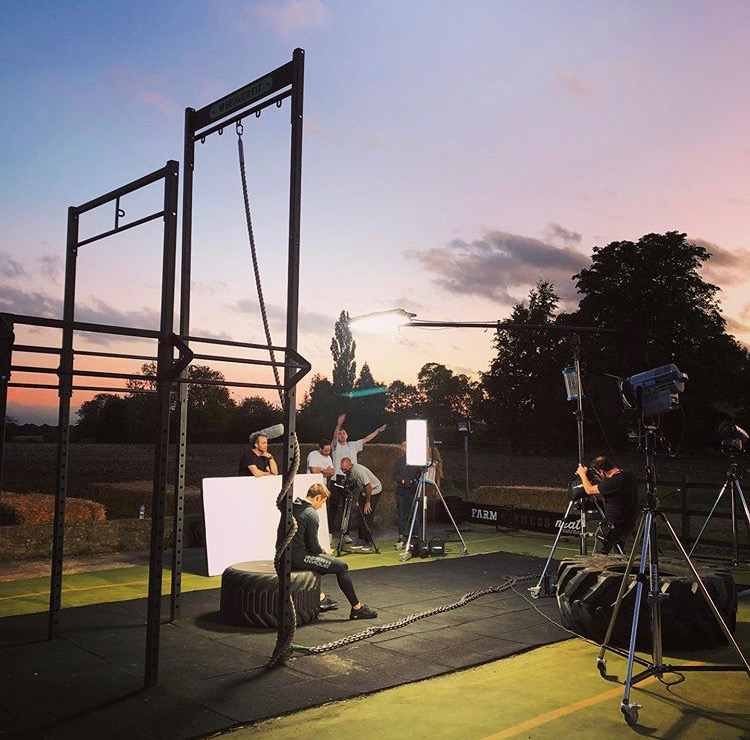Creating a great-looking video is about more than just using a good camera. In fact, good lighting can make or break the aesthetics of your film. Here are some of our best tips on how to light a video shoot.
Ensure you have the right equipment
Before you can start lighting your set, you will need the right equipment. The best option is probably to hire a studio lighting kit, which will contain everything that you need. If you can’t find a studio lighting kit, then it is a good idea to invest in portable LED lights, diffusers, and reflectors to be able to light your set effectively.
Familiar yourself with three-point lighting
A standard method of lighting a video shoot is the three-point lighting system. The purpose of three-point lighting is to use three light sources in different positions to light the subject while also controlling or eliminating any shadows. Three-point lighting uses a key light, a fill light and a backlight.
- The key light is the primary light source in a scene, which illuminates the subject.
- The fill light mirrors the key light to add dimension and soften and fill harsh shadows created by the key light.
- The backlight is positioned behind the subject to help define and highlight their features and outlines, giving them a sense of depth from the background.
Make sure the subject is lit evenly
If you are using the three-point lighting setup, then this should hopefully be covered. In case you are not, make sure to light your subject evenly and eliminate any unwanted shadows, which will require multiple lights in most situations. Don’t use overhead lights as these will create unflattering shadows on the subject.
Diffuse harsh light
To light your video shoot effectively, direct lighting won’t always be the best option. Harsh light should usually be reserved for dramatic effect or as an intentional stylistic choice, but if you want the best lighting for your video, then you should aim for soft light instead. This is where the light is spread evenly, and both highlights and shadows are softer.
You can create soft light by making the light source bigger, such as by using a diffuser or bouncing the direct light off a reflector or hard surface.
Mind your temperatures and use the white balance
Different types of lights will have different colour temperatures which are hard to balance if you mix them. For example, a tungsten lamp provides a warm, yellowish light, whereas a fluorescent lamp will provide a cool, blueish light. While both will illuminate your subject, they evoke different emotions and are hard to unify if used together.
In addition, you should make sure to set the white balance of your camera before you start shooting to get the most natural look and also to inform your camera of how to register colour temperature.
Use natural light when available, but don’t rely on it
There will be times when natural light is all you need, such as on an outdoor shoot on a bright, clear day in the summer, with the only alterations needed being the ones provided by colour correction and grading.
However, natural light is not reliable, as it can change very quickly (especially in the UK) and cast shadows. This can be particularly troublesome if you are cutting together different shots, as even half an hour’s difference can make a huge difference to the lighting, especially during shorter days.
A good lighting setup should never be neglected when it comes to your video shoot. It may take a while to get your lighting right, but the end result will be well worth it!If you are looking for help with video production, you can view our filming and editing services.
